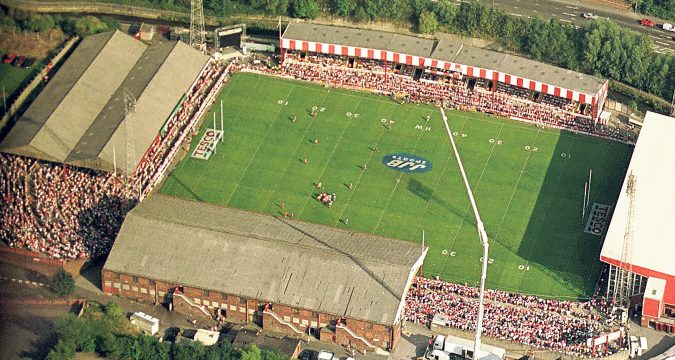 Our journey around the villages, towns and cities that have rugby league running through their veins heads to Wigan.
TWENTY three league titles so far, six more than the next on the champions list, old rivals St Helens.
Five World Club Challenges, matching Australian aces Sydney Roosters.
Twenty one Challenge Cups, including the first at Wem
Our journey around the villages, towns and cities that have rugby league running through their veins heads to Wigan.
TWENTY three league titles so far, six more than the next on the champions list, old rivals St Helens.
Five World Club Challenges, matching Australian aces Sydney Roosters.
Twenty one Challenge Cups, including the first at Wem Locations of League: Wigan
 Our journey around the villages, towns and cities that have rugby league running through their veins heads to Wigan.
TWENTY three league titles so far, six more than the next on the champions list, old rivals St Helens.
Five World Club Challenges, matching Australian aces Sydney Roosters.
Twenty one Challenge Cups, including the first at Wem
Our journey around the villages, towns and cities that have rugby league running through their veins heads to Wigan.
TWENTY three league titles so far, six more than the next on the champions list, old rivals St Helens.
Five World Club Challenges, matching Australian aces Sydney Roosters.
Twenty one Challenge Cups, including the first at Wem 